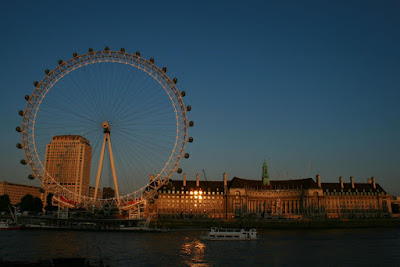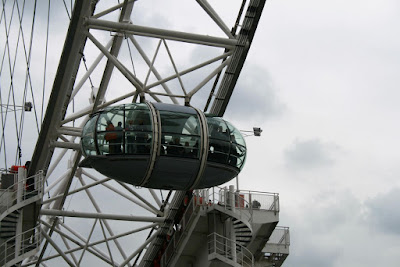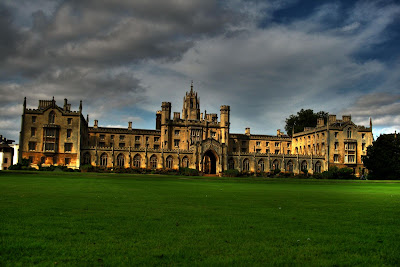Saturday, September 13, 2008
Eye
The London Eye, also known as the Millennium Wheel, is the tallest (135 metres (443 ft)) Ferris wheel in Europe, and has become the most popular paid tourist attraction in the United Kingdom, visited by over 3 million people a year. At the time it was erected it was the tallest Ferris wheel in the world, until it was surpassed by the Star of Nanchang (160m) in May 2006, and then the Singapore Flyer (165m) on February 11, 2008. However, it is still described as "the world's tallest cantilevered observation wheel" (because the entire structure is supported by an A-frame on one side only) by its operators.


Wednesday, September 3, 2008
Antirrhinum Majus
Antirrhinum majus is a species of Antirrhinum native to the Mediterranean region, from Morocco and Portugal north to southern France, and east to Turkey and Syria. The common name derives from the flowers which, when squeezed, open their "mouths". The plants are pollinated by bumblebees, and the flowers close over the insects when they enter and deposit pollen on their bodies.
Source : Wiki

Source : Wiki
St John's College, Cambridge
St John's College is a constituent college of the University of Cambridge founded by Lady Margaret Beaufort in 1511. It is geographically one of the largest colleges of the University of Cambridge, and the third largest in terms of its membership. It is the second richest of all the Oxbridge colleges, with fixed assets of £504,109,000 and an annual income from endowments estimated at £7,000,000. Eight Nobel Prizes have been awarded to members of St John's. The college is also known for its famous choir.
The college was founded on the site of the 13th century Hospital of St John in Cambridge at the suggestion of Saint John Fisher, Bishop of Rochester and chaplain to Lady Margaret. However, Lady Margaret died without having mentioned the foundation of St John's in her will, and it was largely the work of Fisher that ensured that the college was founded. He had to obtain the approval of King Henry VIII of England, the Pope through the intermediary Polydore Vergil, and the Bishop of Ely to suppress the religious hospital and convert it to a college. The college received its charter on April 9, 1511. Further complications arose in obtaining money from the estate of Lady Margaret to pay for the foundation and it was not until October 22, 1512 that a codicil was obtained in the court of the Archbishop of Canterbury. In November 1512 the Court of Chancery allowed Lady Margaret's executors to pay for the foundation of the college from her estates.
Source : Wiki

The college was founded on the site of the 13th century Hospital of St John in Cambridge at the suggestion of Saint John Fisher, Bishop of Rochester and chaplain to Lady Margaret. However, Lady Margaret died without having mentioned the foundation of St John's in her will, and it was largely the work of Fisher that ensured that the college was founded. He had to obtain the approval of King Henry VIII of England, the Pope through the intermediary Polydore Vergil, and the Bishop of Ely to suppress the religious hospital and convert it to a college. The college received its charter on April 9, 1511. Further complications arose in obtaining money from the estate of Lady Margaret to pay for the foundation and it was not until October 22, 1512 that a codicil was obtained in the court of the Archbishop of Canterbury. In November 1512 the Court of Chancery allowed Lady Margaret's executors to pay for the foundation of the college from her estates.
Source : Wiki

Subscribe to:
Comments (Atom)